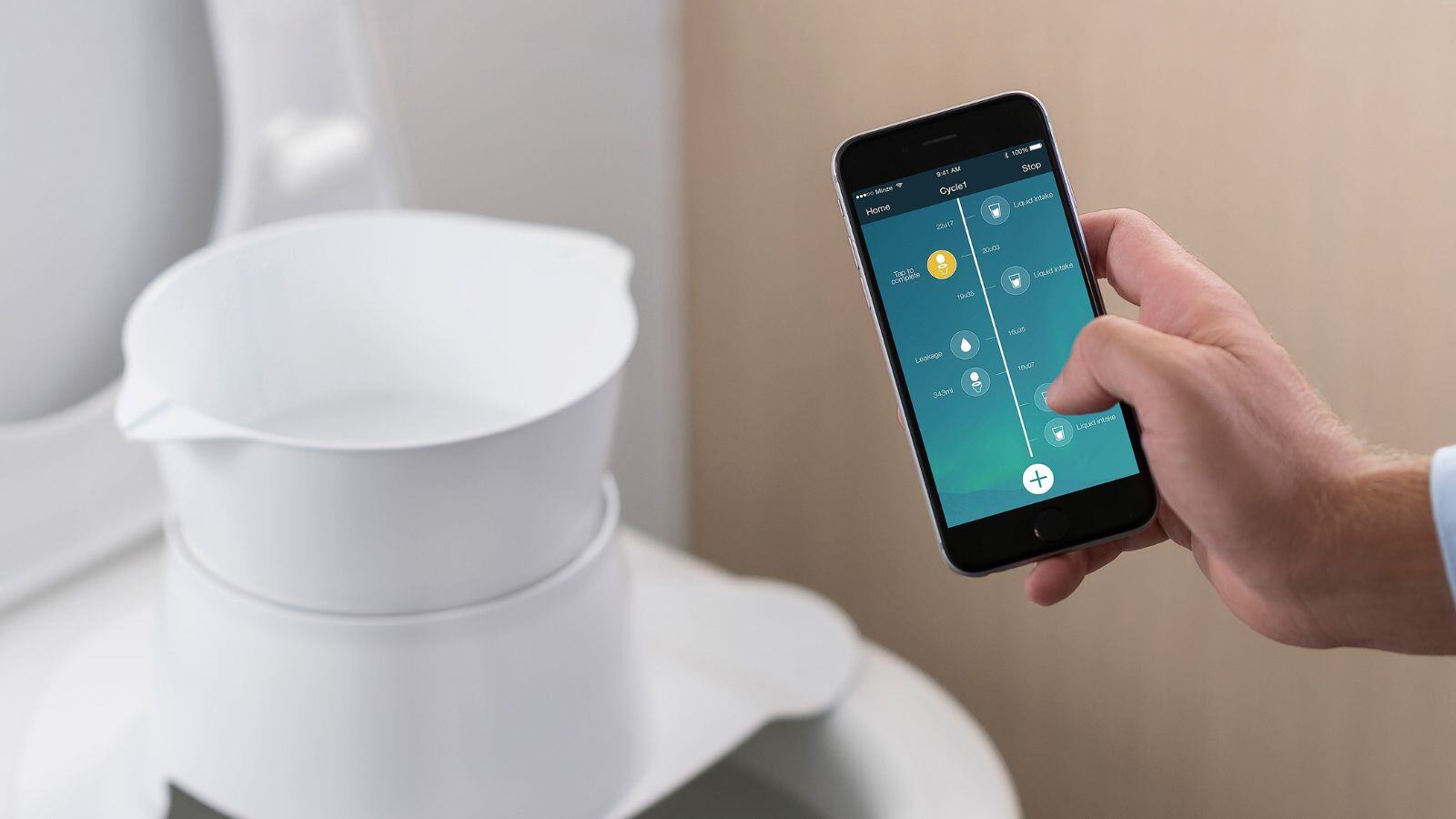What is a Clinical Evaluation Plan or CEP?
- the scope of the clinical evaluation,
- how the clinical evaluation will be done,
- what data will be collected,
- and when and how data will be assessed, presented, and reported.
In the Clinical Evaluation Plan, it is important to establish the appropriate risk class of your device (class I, IIa, IIb, or III).
The risk class determines the level of control and scrutiny required to assure the safety and performance of your device and define the conformity assessment route to follow.
Clinical Evaluation Plan (CEP) - Requirements
Major requirements for the CEP content, as described in MEDDEV 2.7/1 Rev 4 and MDR Annex XIV Part A, are the following:
- Device description including, but not limited to, model, size, components, device group to which your device belongs (for more details consult MEDDEV 2.7/1 Rev 4 – Appendix A3)
- Intended purpose and medical indications
- Intended target population with indications and contraindications
- Equivalence information (if claimed)
- State-of-the-art in the corresponding medical field
- Intended clinical benefits with justification for relevant and specified clinical outcome parameters
- Identification of general safety and performance requirements that require the support of clinical data
- Risk management documents e.g., the hazard identification list, clinical risks identified from the risk analysis
- Methods to evaluate the clinical safety and determine residual risks and side effects
- Parameters to determine the acceptability of benefit-risk ratio for the indication(s) and intended purpose of the device, as per state-of-the-art
- Benefit-risk issues relating to specific device components such as the use of pharmaceutical, non-viable animal or human tissues
- Data source(s) and type(s) of data to be used in the clinical evaluation – clinical investigations, PMS, pre-clinical studies, literature
- Clinical development plan with a clear indication of milestones and description of potential acceptance criteria for each progression
Clinical Evaluation Plan (CEP) - Additional aspects
For CE-marked devices additional aspects need to be considered in the CEP:
- Any changes in device design, materials, manufacturing, information (IFU, brochures), claims, equivalence (if claimed)
- Any new concerns to be addressed
- PMS updates, e.g., new data for device or equivalent, new knowledge about hazards, risks, performance, benefits, or claims
- Needs for planning PMS activities
CEP: a common gap not to be overlooked
The CEP and CER are two closely linked key regulatory documents with very similar layouts. The CEP plans and describes the clinical evaluation strategy, while the CER presents the output of the clinical evaluation, i.e. the clinical data that demonstrate conformity with general safety and performance requirements when your device is used as intended.
The CEP is often overlooked and a common gap in the clinical evaluation of a medical device. It is important to recognize that this document is the driver of other essential documents being the PMCF plan as part of the PMS plan, and the CER which in turn feeds the PMS report, the Periodic Safety Update Report (PSUR), and the Summary of Safety and Clinical Performance (SSCP).
Needless to say, that time and resource investment in the setup of the CEP pays off in the long term!
Need a partner for the clinical evaluation of your medical devices?
At QbD Group, we offer knowledge-based expertise to help you create your clinical strategy and plan and document the clinical evaluation process throughout your medical device journey – from start to finish.
To speed up the preparation of required documentation and ensure high-quality deliverables, a team of regulatory affairs specialists, literature review experts, medical writers, medical advisors, and project managers work closely together.
Our services at a glance:
- Gap analysis of clinical evaluation documents (CEP and CER)
- Systematic literature reviews – literature review plan and report
- Regulatory Medical Writing – CEP, CER, PMS plan and report, PMCF plan and report, PSUR
- Clinical medical writing – CIP and CIR
- Advise in clinical strategy
- Operational management of pre-and post-market clinical investigations







.png?width=109&height=108&name=Pharma%20(2).png)
.png?width=111&height=108&name=Medical%20Devices%20(2).png)
.png?width=84&height=107&name=IVD%20(2).png)












.jpg)



